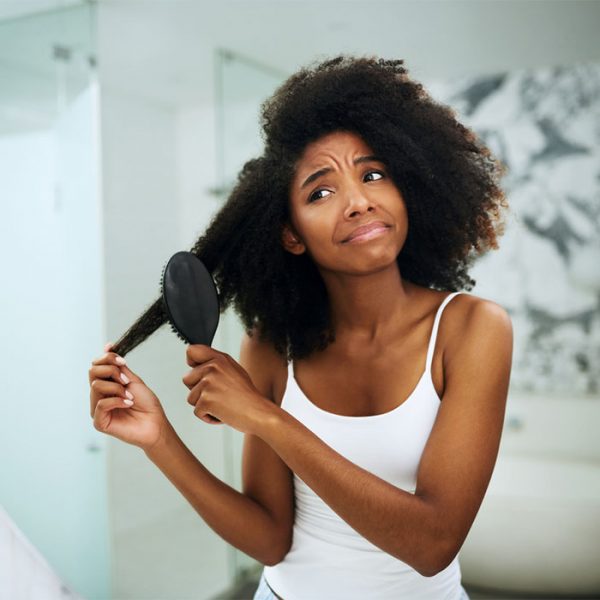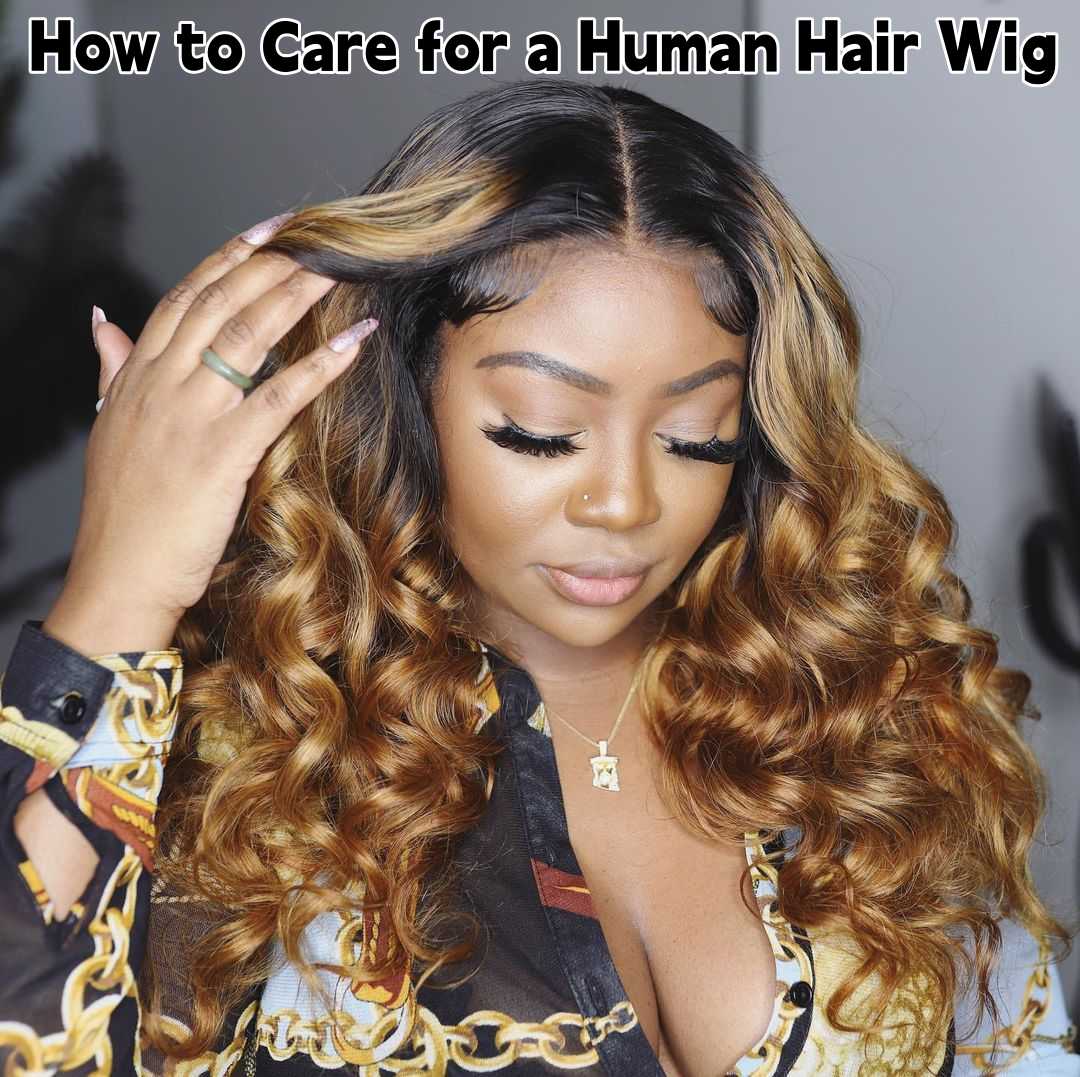Headwraps and The Black Woman
This Women's History Month(1), we're exploring the importance of headwraps to African-American women. Over time, these unassuming pieces of cloth served as markers of wealth and status, as well as oppression and servitude. However, Black women have reclaimed the headwrap to showcase their beauty, strength, and individuality.
The History of the Headwrap
Women began wrapping their hair in sub-Saharan Africa in pre-colonial times. These wraps went by different names, including dukus and geles, and represented a woman’s wealth, ethnicity, marital status, or age.
Despite the horrors of the transatlantic slave trade, the practice of wearing headwraps persisted in African women brought to the Caribbean and Americas. They served a practical purpose – the fabric protected women’s hair and scalps from extreme heat, sweat, dirt, and bugs. However, white enslavers soon turned this precious cultural symbol into symbols of slavery and oppression. In fact, it was illegal for Black women to appear in public without covering their hair in some locations.

The most famous of these laws were the Tignon Laws, established in New Orleans, Louisiana, in 1786 by Spanish colonial governor Don Esteban Miró. The Tignon Laws were intended to differentiate Black and Creole women of color from white women by requiring them to wear turbans in public. In response, and as an act of rebellion, the women of color in New Orleans began wearing ornate headwraps decorated with jewels and feathers.
In the early 20th century, headwraps became associated with hurtful mammy stereotypes as they were often worn by Black women who sharecropped or worked in the homes of white families. Although Black women continued to wrap their hair at home to protect their styles, many stopped covering their hair in public to better fit in with Eurocentric beauty standards.
Resurgence of Headwraps
In the 1970s, headwraps began to come back as the Black Power Movement took root. Activists bucked Eurocentric beauty standards and embraced Black beauty. Nina Simone, a legendary singer, incorporated headwraps as part of her brand along with revolutionary songs like “Mississippi Goddam."
In the 1990s and 2000s, singers like Erykah Badu, Lauryn Hill, and India Arie wore tall and colorful headwraps and turbans as they paid tribute to Black culture, heritage, and style. These artists re-introduced headwraps to the broader society that may not have been familiar.
Present Day
In the last few years, the natural hair movement has helped move headwraps back into the mainstream of American culture. Black women wear headwraps for fashion and protect their styles while they sleep. Versatile styles mean that our precious kinks and coils can be protected under a wrap without sacrificing style or professionalism.
Black women’s connection to headwraps has endured for generations. If you’re ready to start your own wrap journey, look no further than Ygwigs! We offer stylish and versatile headwraps in a variety of colors. Perfect for all seasons, our wraps can be worn as scarves, shawls, cloaks, or headwraps. Best of all – they are extra long and wide (71" x 32"), so they are suitable for any hair length.







Leave a comment